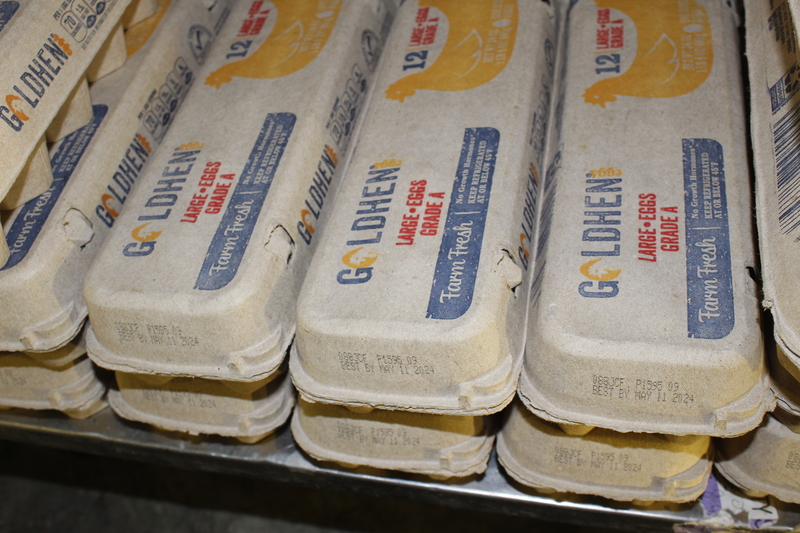TRENTON, NJ – As consumers across New Jersey and the United States crack open their wallets, they’re finding that the cost of a dozen eggs has soared to unprecedented heights. With egg prices escalating by more than 20% this year, experts and industry analysts point to a complex web of factors driving this inflationary trend.
If you look at social media, the left is saying it’s all President Trump’s fault, blaming him for not fulfilling his commitment to lower food prices.
In New Jersey, a dozen eggs sells as much as $10 per dozen for organic eggs.
The primary culprit behind the surge in egg prices remains the relentless spread of Highly Pathogenic Avian Influenza (HPAI), commonly known as bird flu. Since late 2024, the U.S. has seen significant outbreaks, with millions of birds, including egg-laying hens, being culled to prevent further spread. The USDA reported that in November and December alone, 17.2 million egg-laying hens were lost to the disease, which equates to nearly half of all birds affected by the virus throughout 2024. This drastic reduction in the egg-laying population has severely constricted supply, pushing prices up.
Egg demand traditionally peaks during holiday seasons, exacerbating the supply-demand imbalance when stocks are already low due to avian flu. The USDA’s Agricultural Marketing Service noted that the volume of eggs sold at retail has been up year-over-year for 20 consecutive months, with a particular spike during the winter holidays due to holiday baking and entertaining.
Beyond the avian flu, egg producers are grappling with broader economic pressures. Inflation has increased the costs associated with egg production, from feed to logistics. Feed costs, influenced by global grain prices and local drought conditions, have risen, impacting producers’ bottom lines. Additionally, the cost of fuel, labor, and packaging materials has seen significant increases, further driving up the price of eggs before they even reach grocery shelves.
In some states, like California, additional regulatory measures such as mandatory cage-free requirements have added to the cost. California’s Proposition 12, which mandates cage-free conditions for hens, has directly influenced the price of eggs in the state, where prices have hit as high as $8.97 per dozen.
Wholesale egg prices have also skyrocketed, with some regions experiencing prices above $6.00 per dozen. This has led to some supermarkets implementing purchase limits to prevent panic buying, a phenomenon noted in posts on social media. The market’s tight supply has also seen egg manufacturers and wholesalers adjusting their prices upward, which in turn affects retail prices.
The American Egg Board and other industry voices, like President and CEO Emily Metz, have warned that these high prices might persist. “Until we have time without a detection, unfortunately, this very, very tight egg supply is going to continue,” Metz stated. The industry is looking at ways to rebuild flocks, but the ongoing threat of HPAI complicates recovery efforts.

